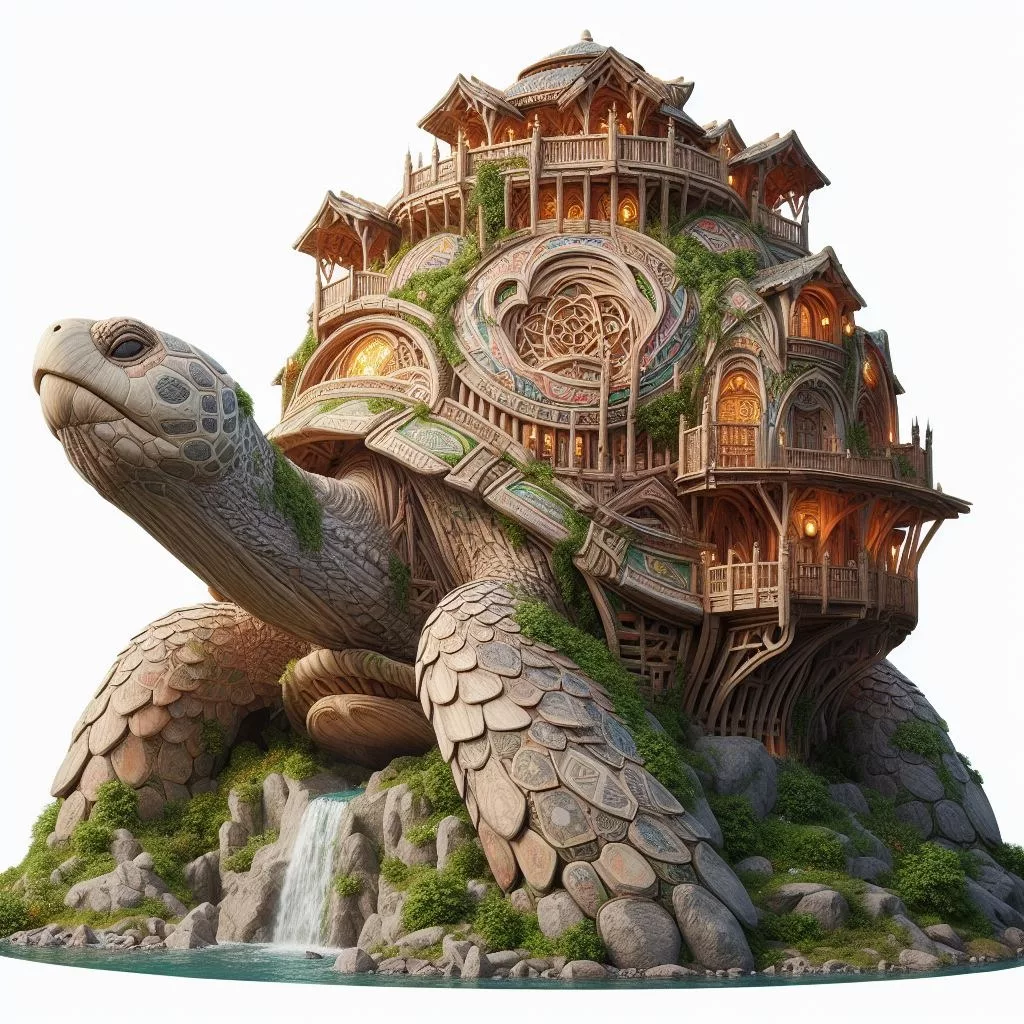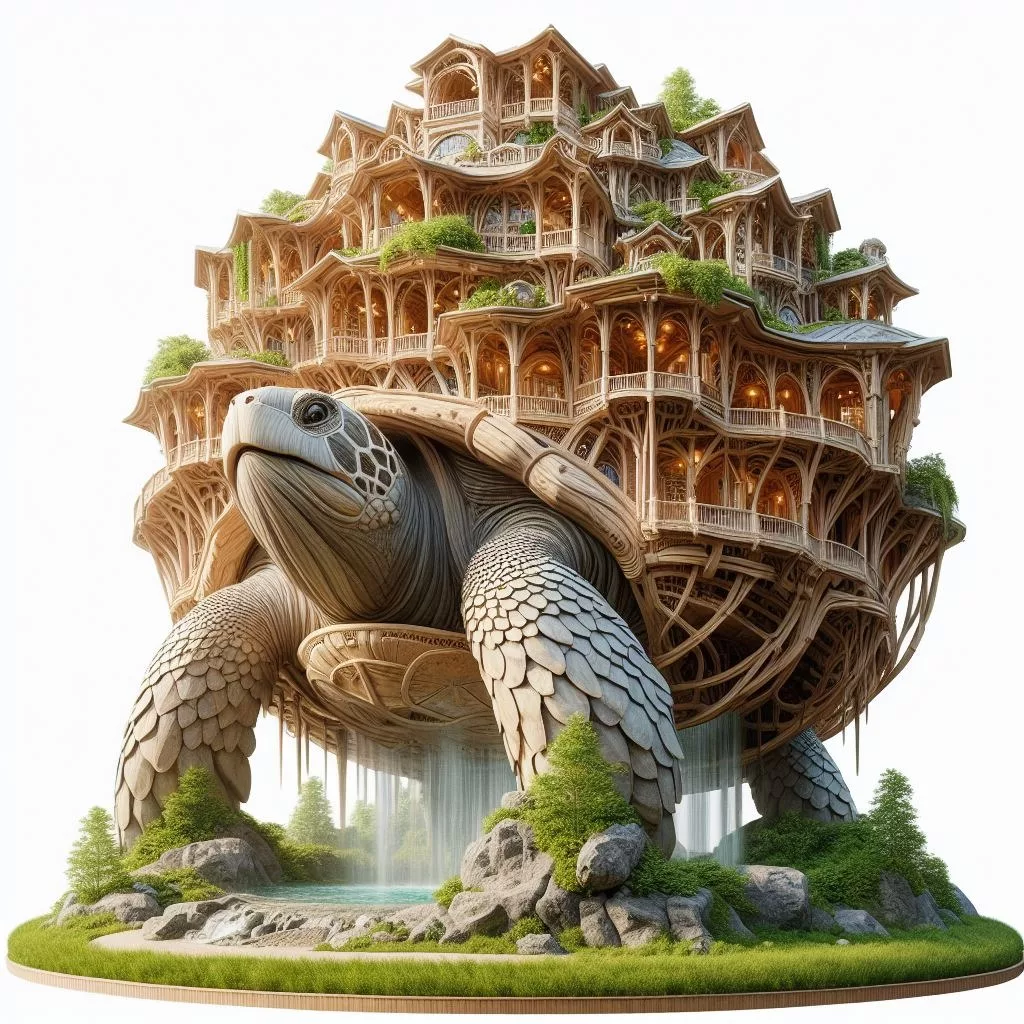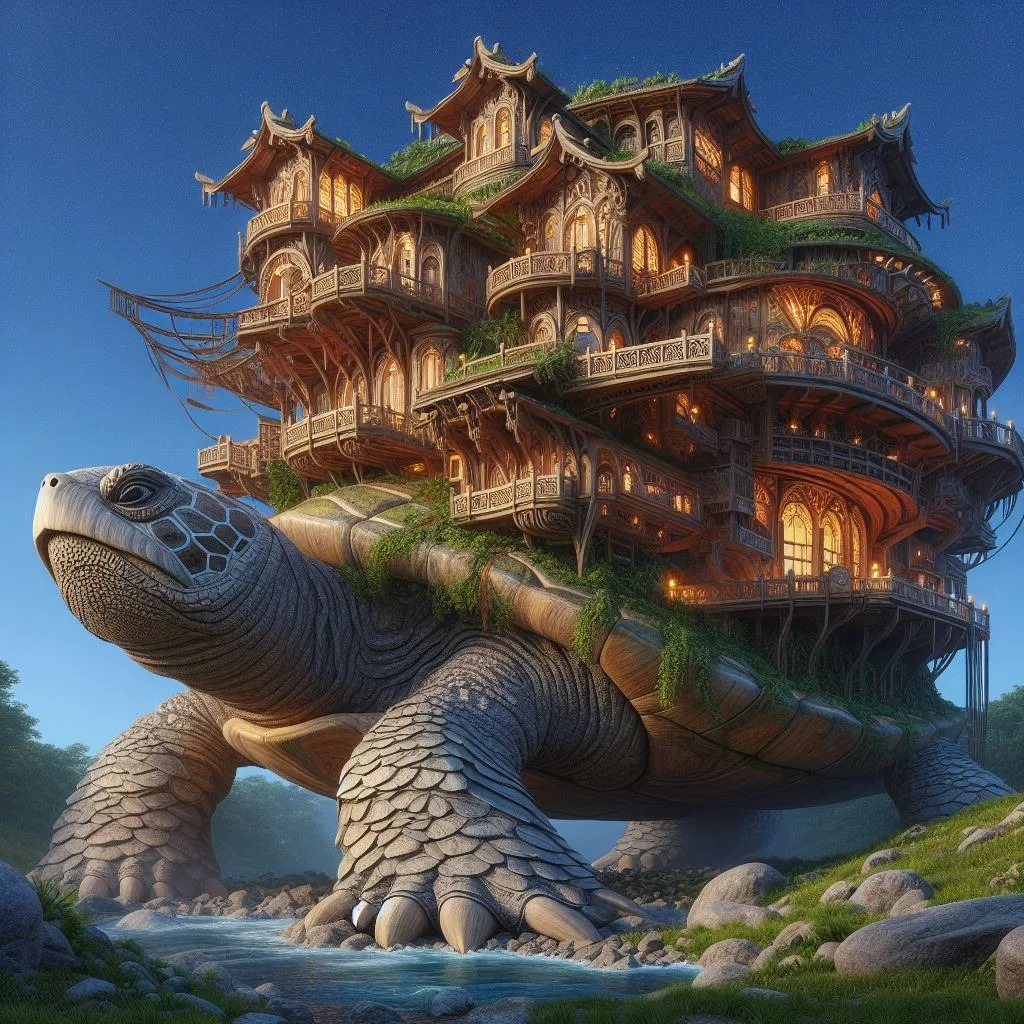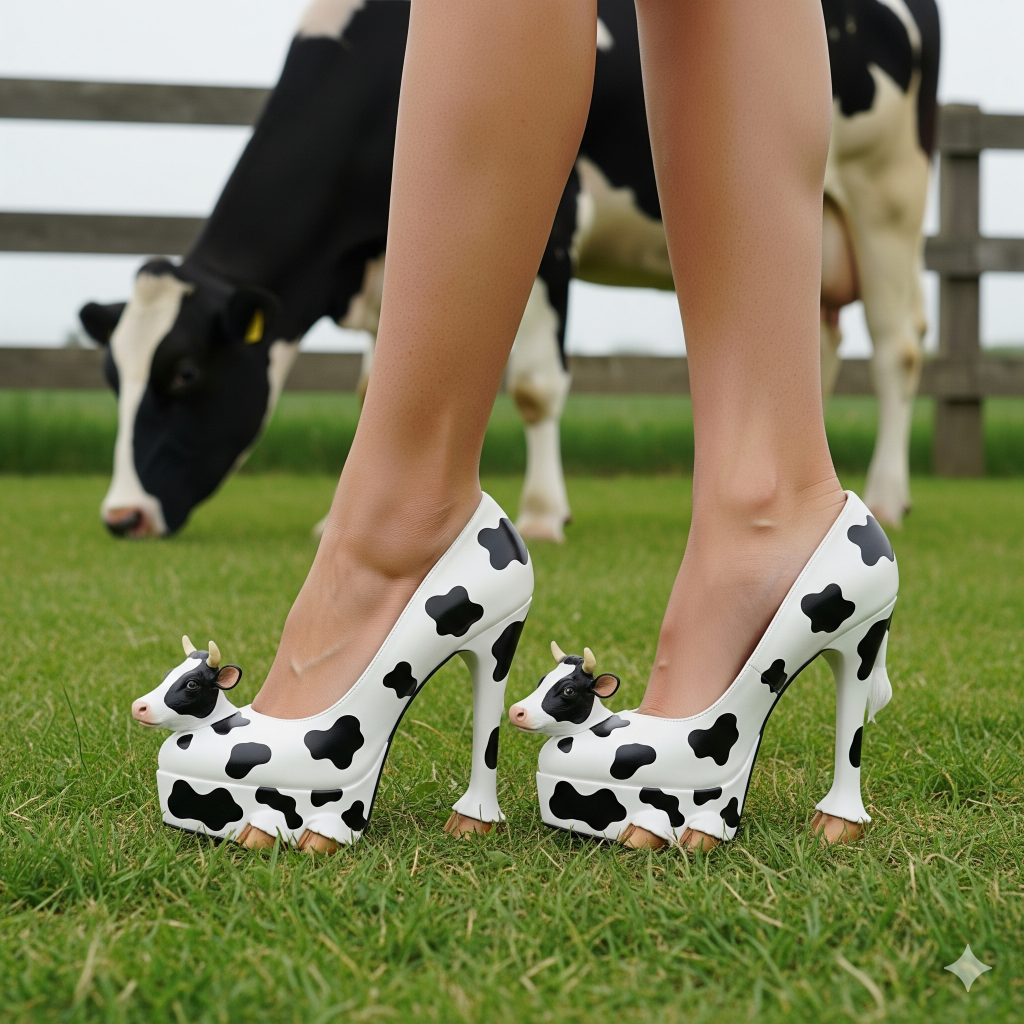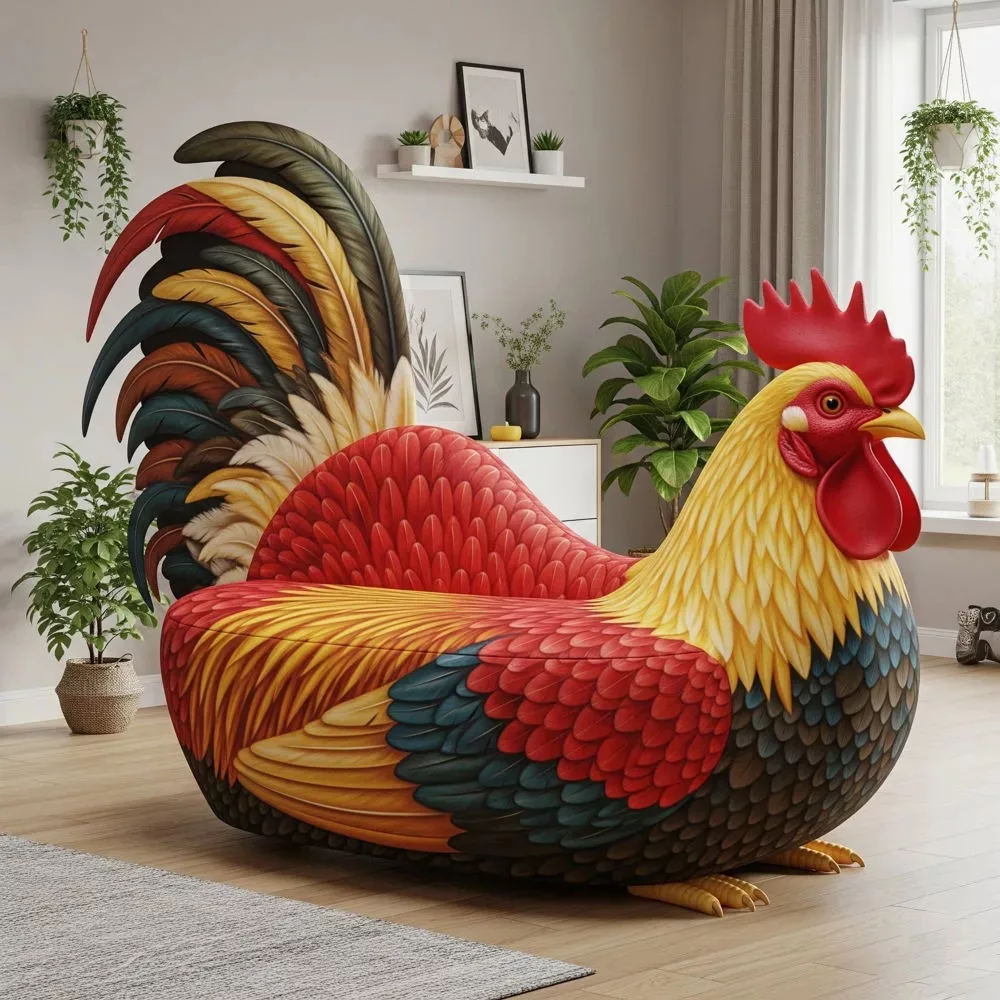In the realm of unique and imaginative architecture, the Turtle Shaped House stands out as a fascinating blend of creativity, functionality, and ecological harmony. Inspired by the natural beauty and symbolism of turtles, these homes offer a distinctive living experience that combines aesthetic appeal with practical design. In this article, we’ll explore the allure of Turtle Shaped Houses, delving into their design features, benefits, environmental considerations, and the cultural significance of turtle symbolism. Additionally, we’ll provide insights into how these homes can be seamlessly integrated into various landscapes, creating harmonious and inspiring living spaces.
The Appeal of Turtle Shaped Houses
Unique Architectural Design
Turtle Shaped Houses are a testament to innovative architectural design. Their unique shape, resembling the graceful curves of a turtle’s shell, captures the imagination and stands out in any landscape. These homes are often characterized by rounded forms, organic lines, and a harmonious blend with their natural surroundings, creating a visually stunning and memorable structure.
Symbolic Significance
The turtle has been a powerful symbol in many cultures, representing longevity, stability, and protection. Living in a Turtle Shaped House can imbue a sense of tranquility and harmony with nature. The symbolism of the turtle shell as a safe and enduring home adds a layer of meaning to the architectural design, making it not just a dwelling but a symbol of resilience and sustainability.
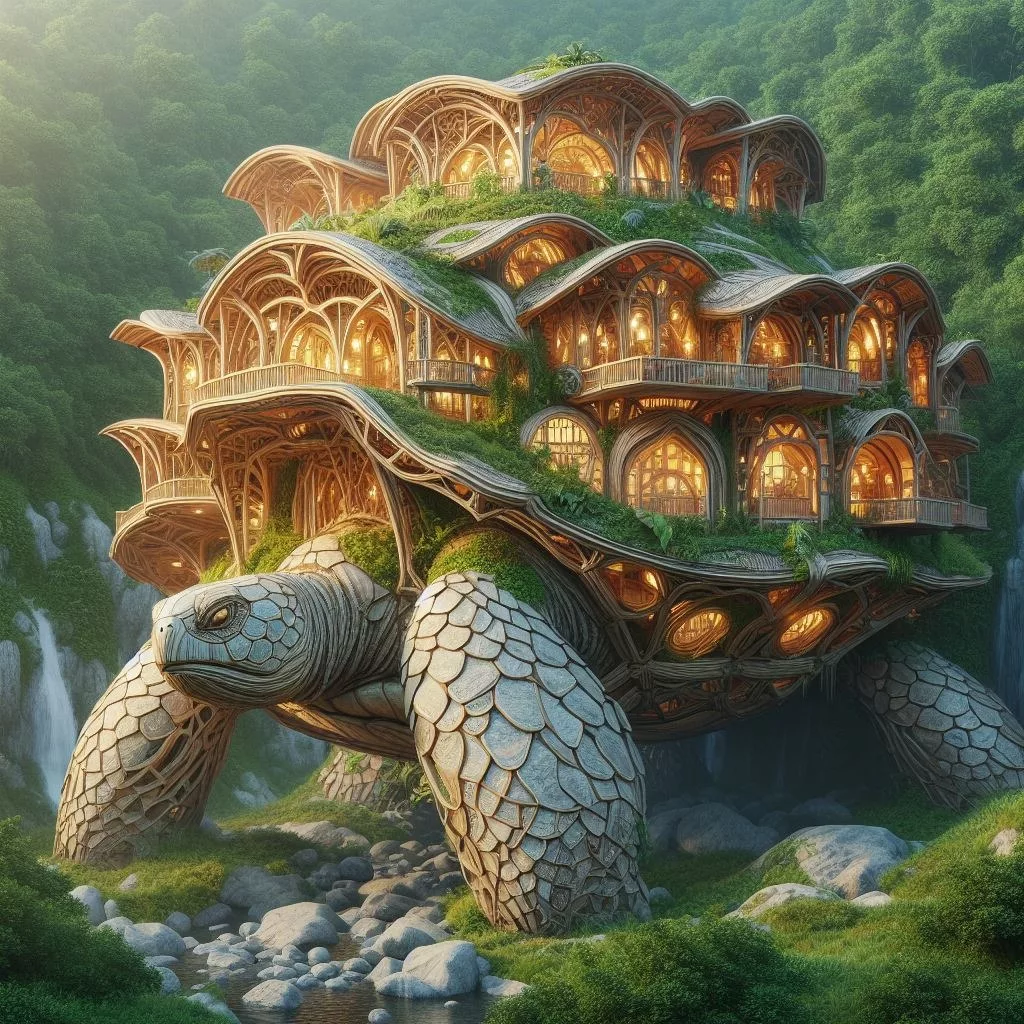
Connection with Nature
Turtle Shaped Houses are often designed with a strong emphasis on environmental integration. Their organic forms and natural materials help them blend seamlessly into the landscape, creating a harmonious connection with the surrounding environment. This design philosophy fosters a sense of oneness with nature, promoting a lifestyle that values and respects the natural world.
Customizable and Adaptable
One of the key appeals of Turtle Shaped Houses is their adaptability. The design can be customized to suit various needs and preferences, from small, cozy retreats to expansive, luxurious homes. The flexible nature of the design allows for creative interpretations, making each Turtle Shaped House a unique reflection of its owner’s vision and lifestyle.
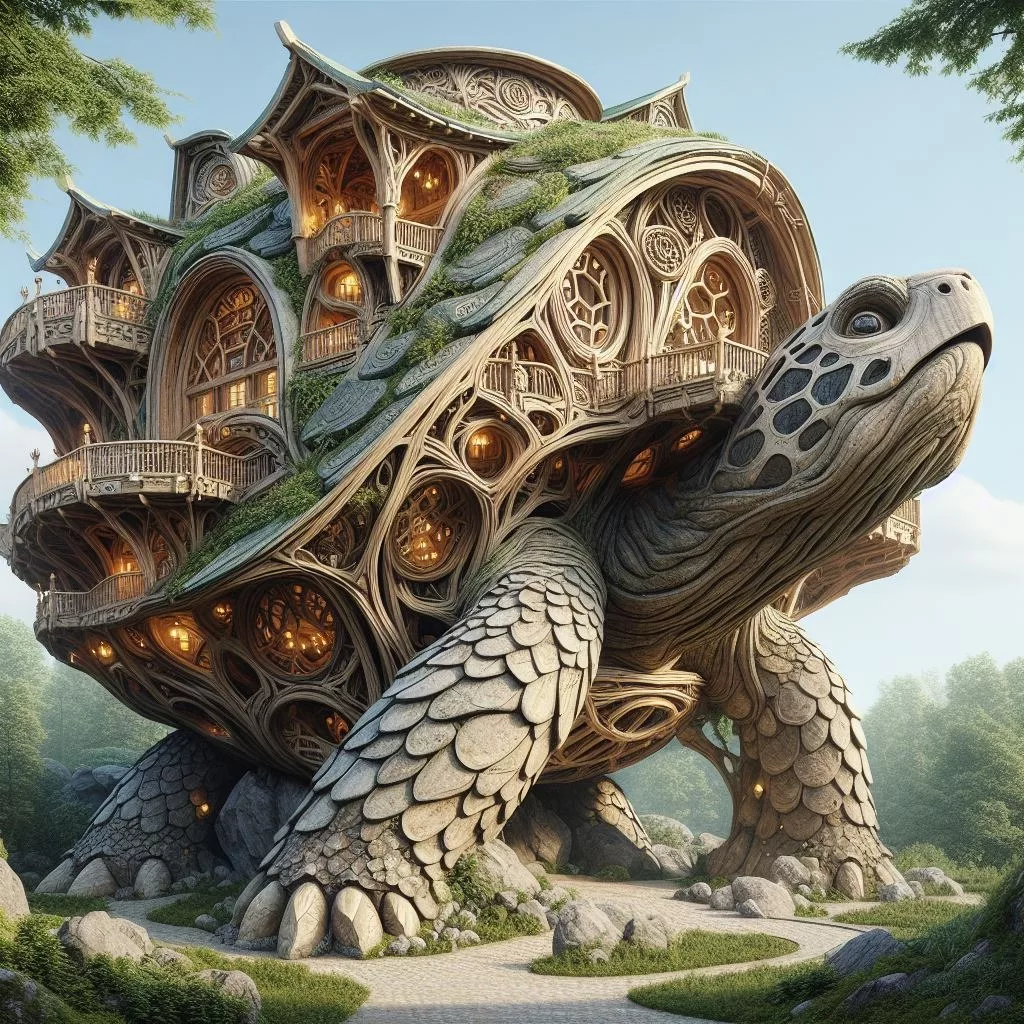
Design Features of Turtle Shaped Houses
Organic Forms and Curves
The defining feature of a Turtle Shaped House is its organic form. The rounded curves of the structure mimic the shape of a turtle’s shell, creating a smooth and flowing aesthetic. This design approach not only enhances the visual appeal but also contributes to the structural integrity and energy efficiency of the home.
Natural Materials
Turtle Shaped Houses often utilize natural materials such as wood, stone, and earth. These materials not only blend seamlessly with the environment but also provide excellent insulation and durability. The use of natural materials reflects a commitment to sustainability and environmental stewardship, aligning with the overall philosophy of the design.
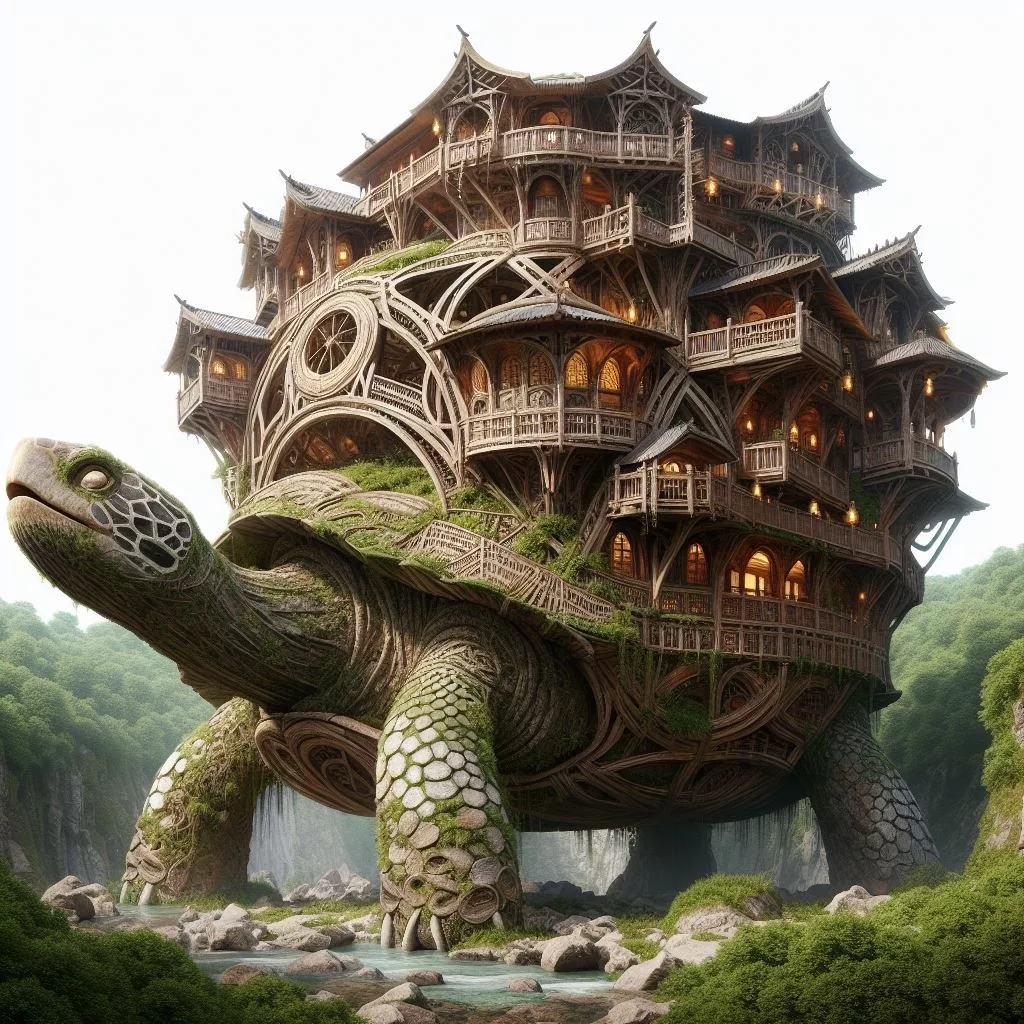
Eco-Friendly Features
Many Turtle Shaped Houses incorporate eco-friendly features such as green roofs, solar panels, and rainwater harvesting systems. These sustainable technologies reduce the environmental impact of the home and promote a self-sufficient lifestyle. The integration of renewable energy sources and efficient water management systems underscores the commitment to ecological harmony.
Spacious Interiors
Despite their unconventional shape, Turtle Shaped Houses offer spacious and functional interiors. The curved walls and open floor plans create a sense of fluidity and freedom, enhancing the living experience. Large windows and skylights are often used to bring in natural light and provide stunning views of the surrounding landscape.
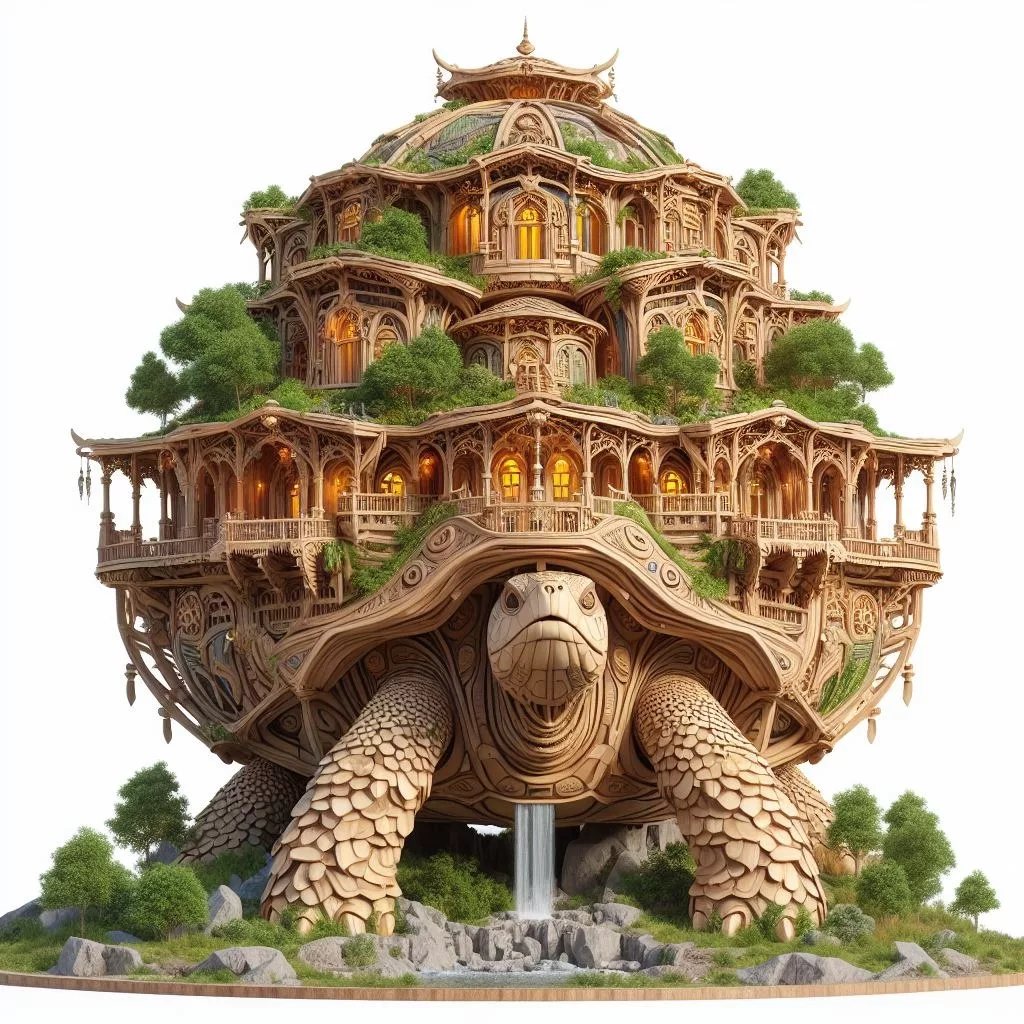
Indoor-Outdoor Integration
A key aspect of Turtle Shaped House design is the seamless integration of indoor and outdoor spaces. Patios, decks, and large glass doors create a fluid transition between the interior and exterior, allowing residents to enjoy the natural beauty of their surroundings. This design approach fosters a deeper connection with nature and encourages outdoor living.
Benefits of Living in a Turtle Shaped House
Enhanced Aesthetic Appeal
The unique and eye-catching design of a Turtle Shaped House enhances the aesthetic appeal of any property. Its distinctive shape and natural materials create a harmonious and visually stunning home that stands out as a work of art. This aesthetic appeal can increase property value and attract admirers who appreciate innovative architecture.
Sustainable Living
Turtle Shaped Houses are often designed with sustainability in mind. The use of natural materials, eco-friendly technologies, and energy-efficient design principles promotes a sustainable lifestyle. Residents can enjoy the benefits of lower energy bills, reduced environmental impact, and a healthier living environment.
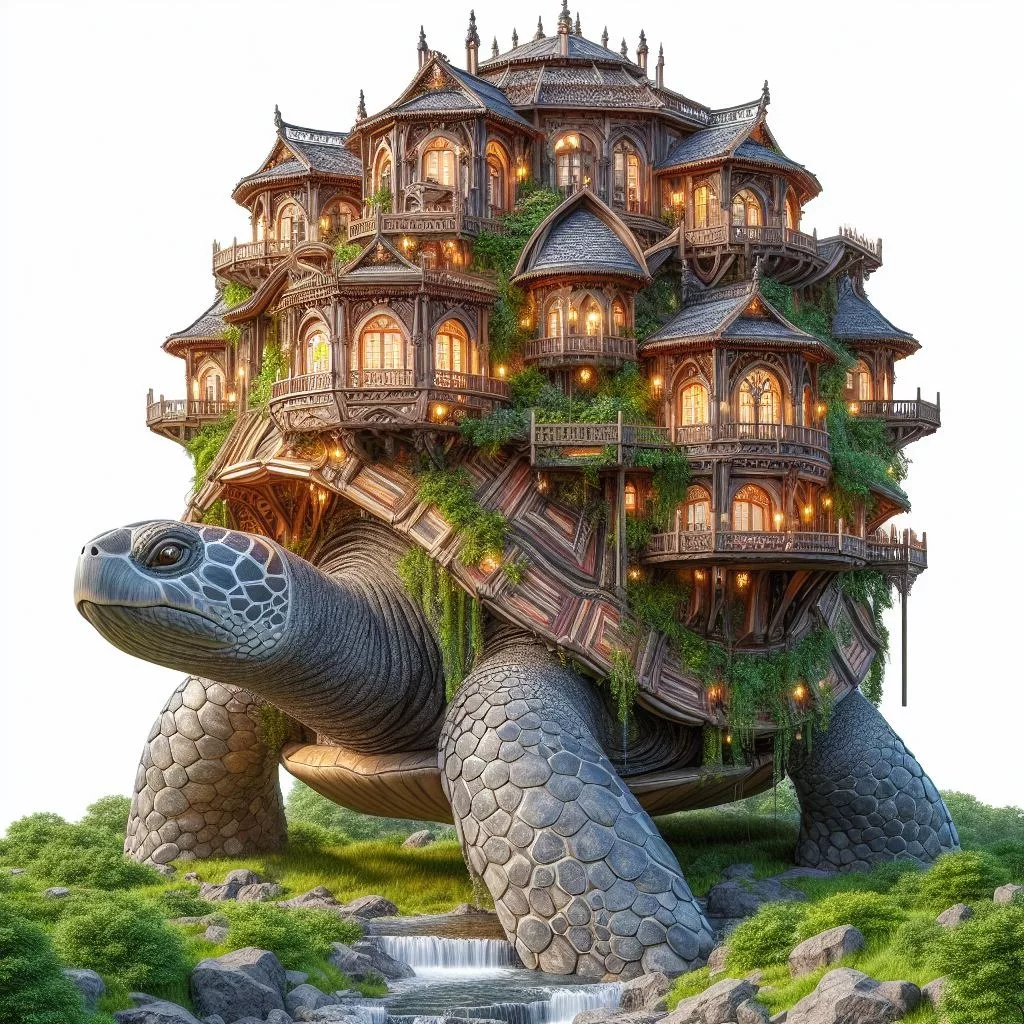
Connection with Nature
Living in a Turtle Shaped House fosters a deep connection with nature. The organic design and natural materials create a sense of harmony with the environment, promoting a lifestyle that values and respects the natural world. This connection can enhance well-being, reduce stress, and provide a greater sense of fulfillment.
Symbolic Resonance
The symbolic significance of the turtle adds a layer of meaning to living in a Turtle Shaped House. The turtle’s association with longevity, stability, and protection can inspire a sense of security and resilience. This symbolic resonance enhances the emotional and psychological benefits of living in such a unique home.
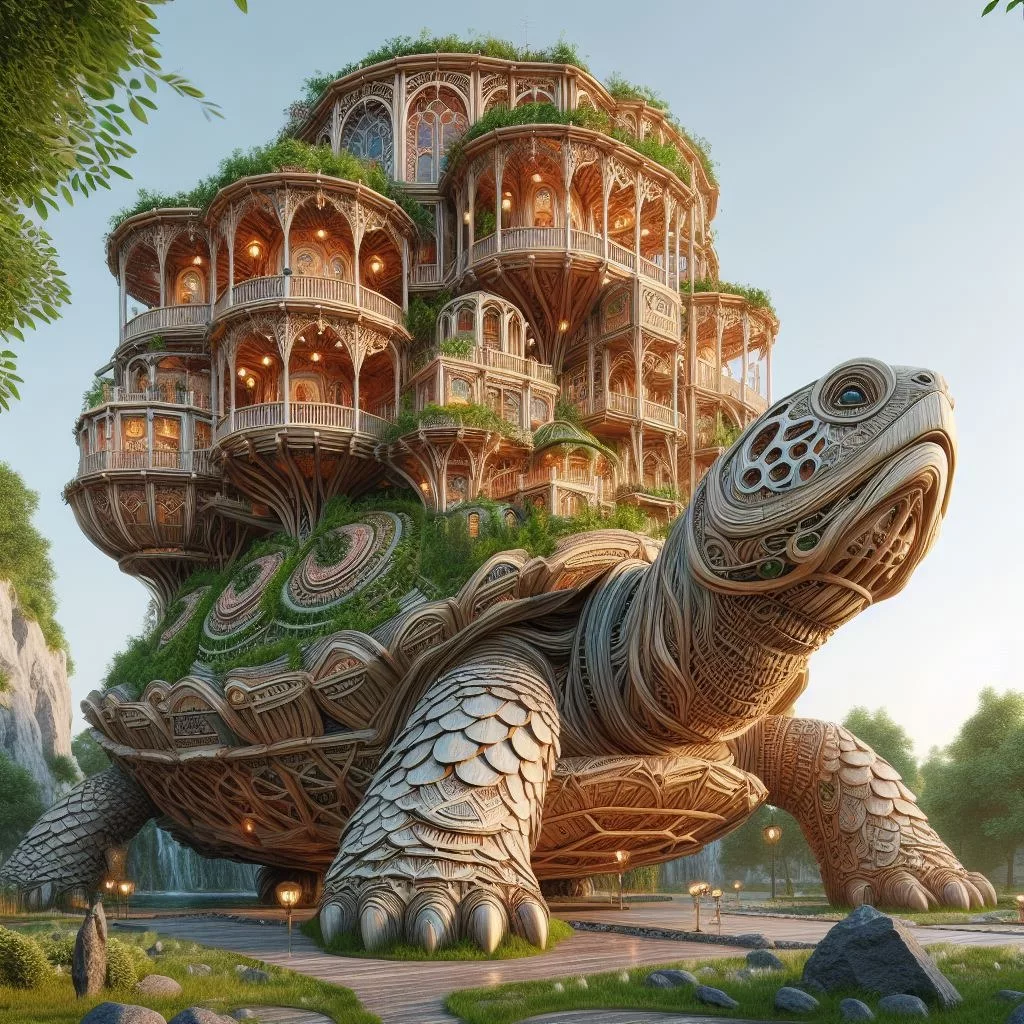
Versatile Design
The adaptable nature of Turtle Shaped Houses allows for a wide range of design possibilities. Whether you’re looking for a small, cozy retreat or a large, luxurious home, the design can be tailored to meet your needs. This versatility makes Turtle Shaped Houses suitable for various lifestyles and preferences.
Environmental Considerations
Minimal Environmental Impact
Turtle Shaped Houses are often designed to have a minimal environmental impact. The use of natural materials, renewable energy sources, and sustainable building practices reduces the ecological footprint of the home. This commitment to environmental stewardship aligns with the overall philosophy of living in harmony with nature.
Energy Efficiency
The rounded and organic forms of Turtle Shaped Houses contribute to their energy efficiency. The design minimizes heat loss and maximizes natural ventilation, reducing the need for artificial heating and cooling. Additionally, the incorporation of solar panels and other renewable energy sources further enhances the energy efficiency of the home.
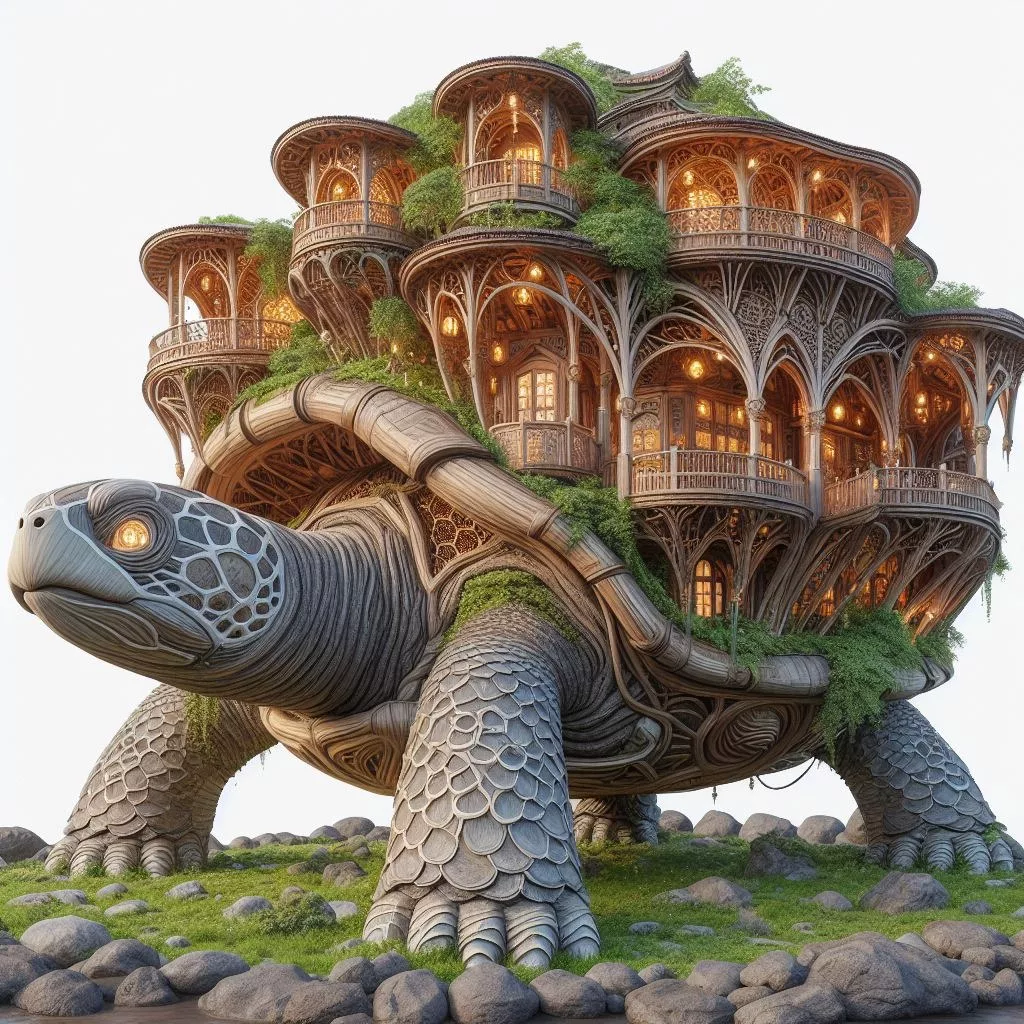
Water Conservation
Many Turtle Shaped Houses feature water conservation systems such as rainwater harvesting and greywater recycling. These systems reduce water consumption and promote sustainable water management. The integration of these technologies reflects a commitment to ecological sustainability and resource conservation.
Habitat Preservation
By blending seamlessly into the natural landscape, Turtle Shaped Houses help preserve the surrounding habitat. The use of native plants, green roofs, and natural materials supports local ecosystems and biodiversity. This approach promotes environmental harmony and contributes to the preservation of natural habitats.
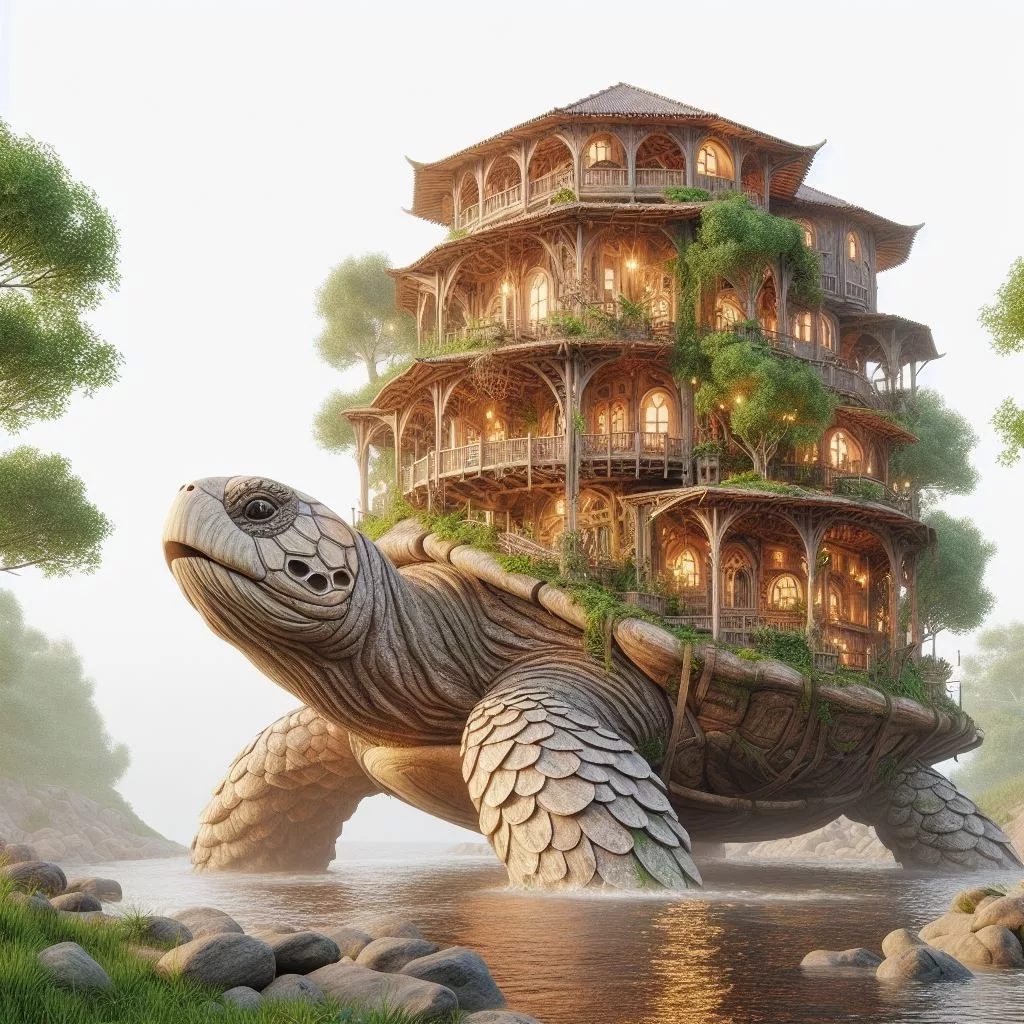
Cultural Significance of Turtle Symbolism
Longevity and Stability
In many cultures, the turtle is a symbol of longevity and stability. The turtle’s slow and steady nature represents resilience and enduring strength. Living in a Turtle Shaped House can inspire a sense of permanence and stability, reflecting the timeless qualities of the turtle.
Protection and Safety
The turtle’s shell is often seen as a symbol of protection and safety. This symbolism can be particularly meaningful for homeowners, providing a sense of security and refuge. The protective qualities of the turtle shell can inspire a feeling of safety and comfort within the home.
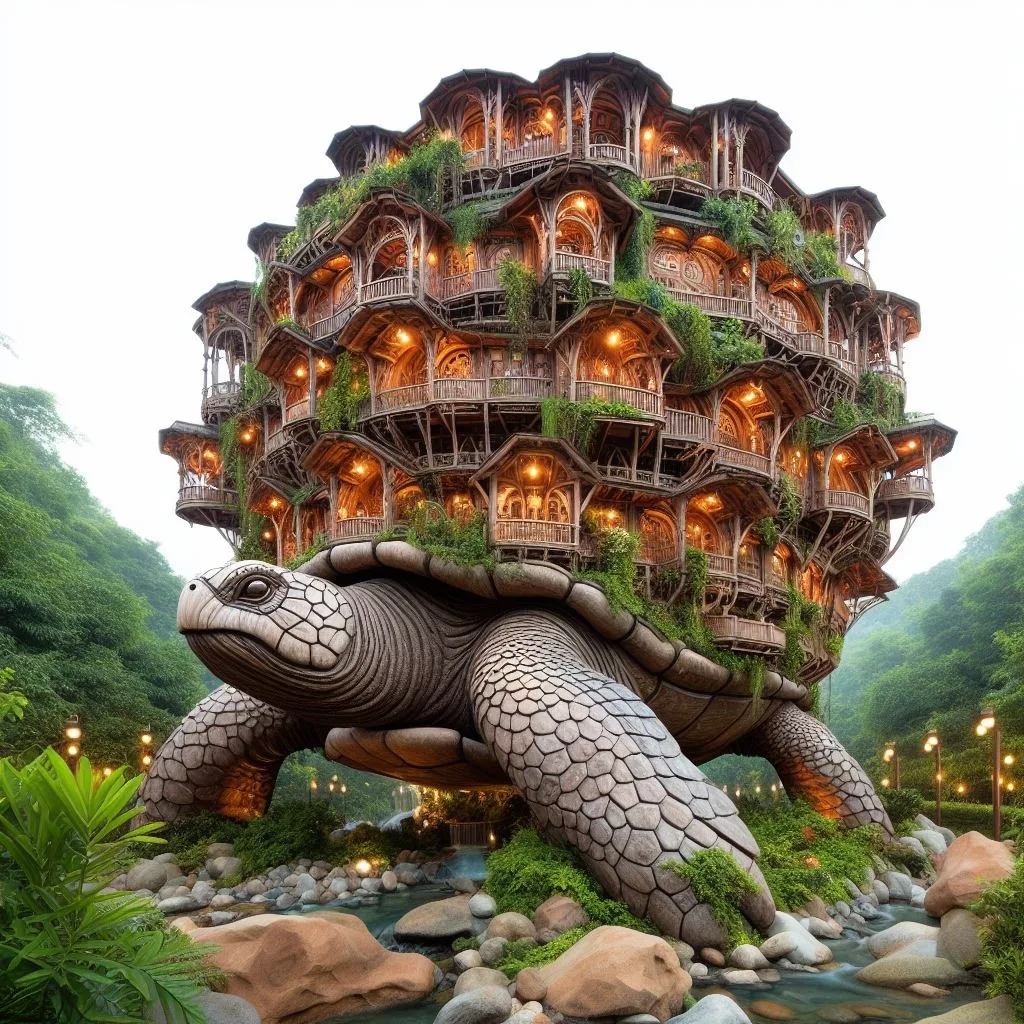
Harmony with Nature
The turtle is also associated with harmony and balance with nature. Its connection to both land and water symbolizes the integration of different elements and the importance of living in harmony with the environment. This symbolism aligns with the design philosophy of Turtle Shaped Houses, promoting a lifestyle that values ecological balance and sustainability.
Integrating Turtle Shaped Houses into Various Landscapes
Coastal Settings
Turtle Shaped Houses are particularly well-suited to coastal settings, where their organic forms can blend seamlessly with the natural landscape. The design can incorporate elements such as sand dunes, native vegetation, and ocean views, creating a harmonious connection with the coastal environment. The use of weather-resistant materials ensures durability in harsh coastal conditions.
Forested Areas
In forested areas, Turtle Shaped Houses can create a serene and secluded retreat. The use of natural materials such as wood and stone enhances the integration with the surrounding forest, while large windows provide stunning views of the trees and wildlife. The design can incorporate features such as green roofs and natural lighting to further enhance the connection with the forest environment.
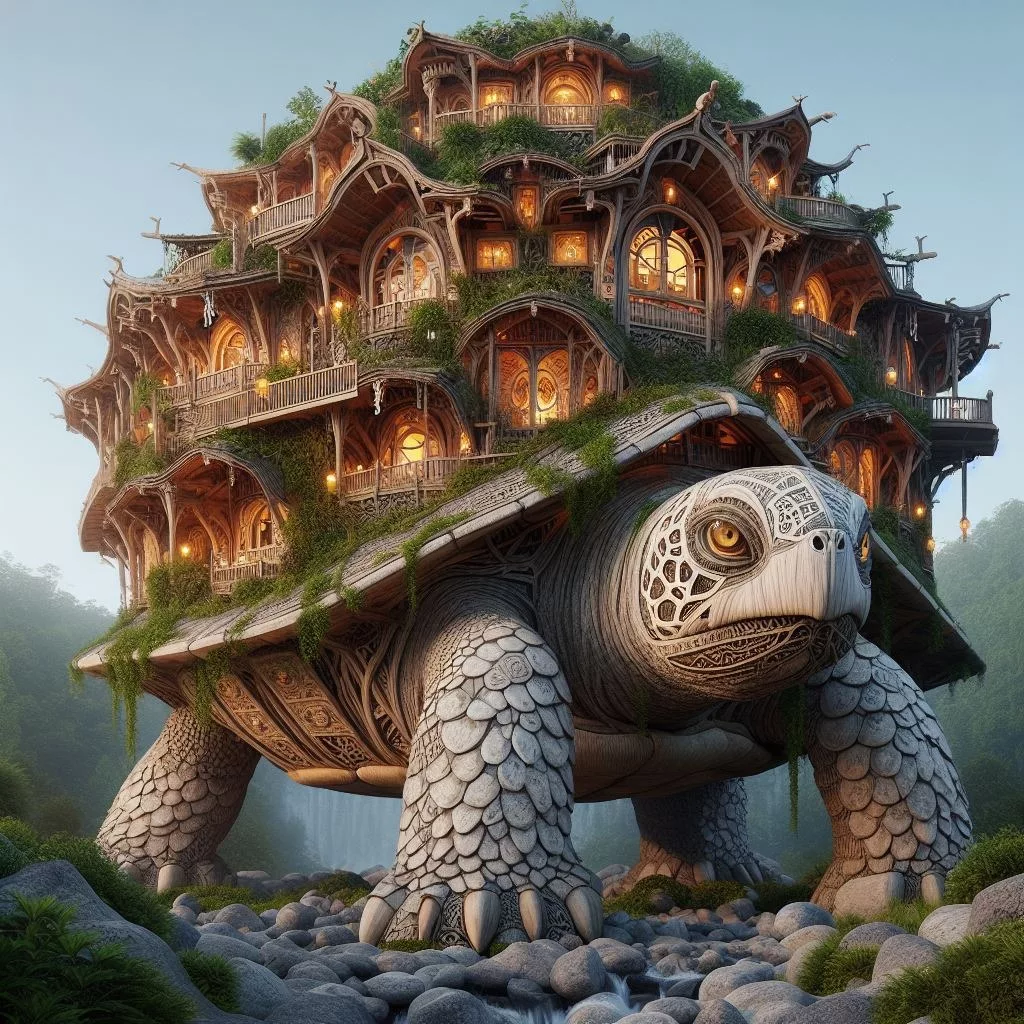
Urban Environments
Turtle Shaped Houses can also be adapted to urban environments, providing a unique and innovative architectural statement. The design can incorporate elements such as rooftop gardens, vertical landscaping, and sustainable technologies to create a green oasis within the city. This approach promotes urban sustainability and offers a refreshing contrast to conventional urban architecture.
Desert Landscapes
In desert landscapes, Turtle Shaped Houses can offer a cool and comfortable retreat from the harsh climate. The design can incorporate features such as thick, insulating walls, natural ventilation, and shaded outdoor spaces to create a comfortable living environment. The use of local materials and sustainable technologies ensures harmony with the desert ecosystem.
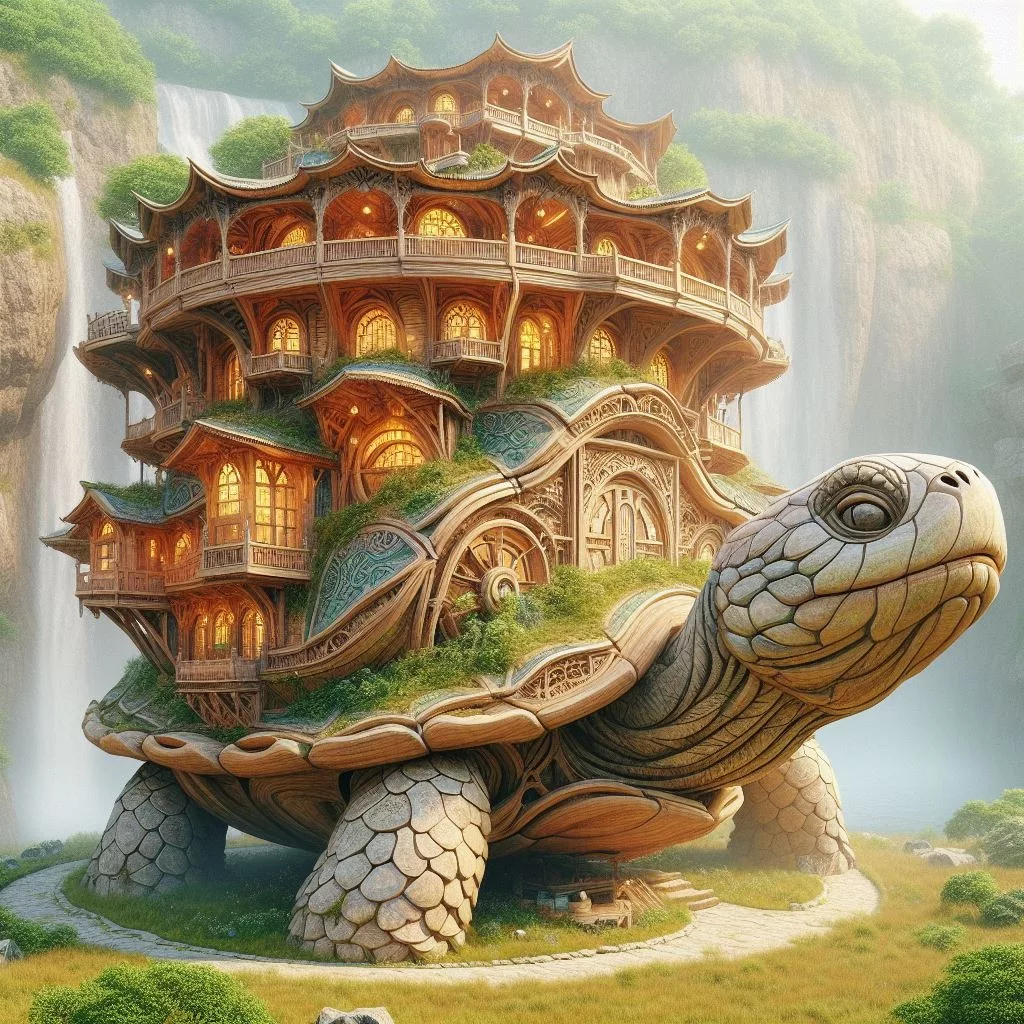
Conclusion
Turtle Shaped Houses represent a unique and enchanting approach to architectural design, combining creativity, functionality, and ecological harmony. Their distinctive shape, inspired by the graceful curves of a turtle’s shell, creates a visually stunning and memorable home that stands out in any landscape. The symbolic significance of the turtle adds a layer of meaning to the design, reflecting qualities such as longevity, stability, and harmony with nature.
By incorporating natural materials, eco-friendly features, and innovative design principles, Turtle Shaped Houses promote a sustainable and fulfilling lifestyle. Whether situated in coastal settings, forested areas, urban environments, or desert landscapes, these homes offer a harmonious connection with the surrounding environment and a unique living experience.
Embrace the enchanting world of Turtle Shaped Houses and discover the beauty and tranquility of living in harmony with nature. This architectural marvel not only enhances the aesthetic appeal of your home but also promotes a lifestyle that values sustainability, creativity, and a deep connection with the natural world.
